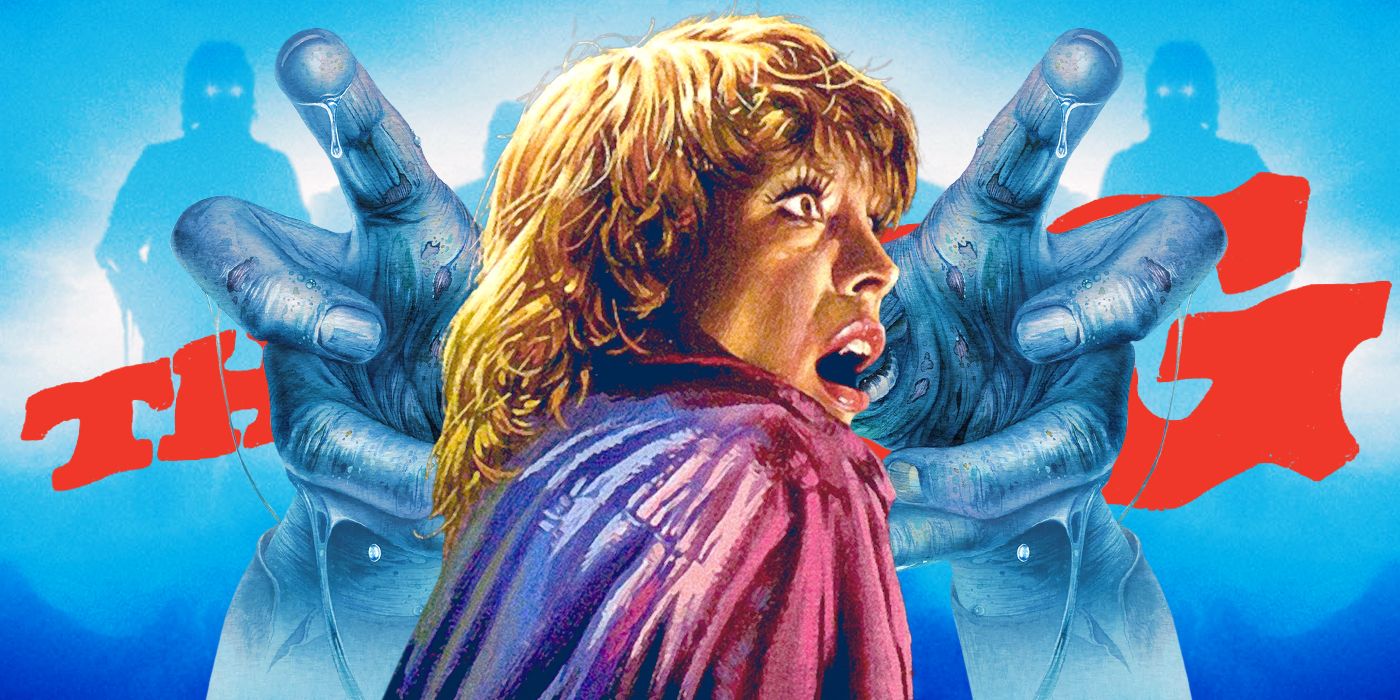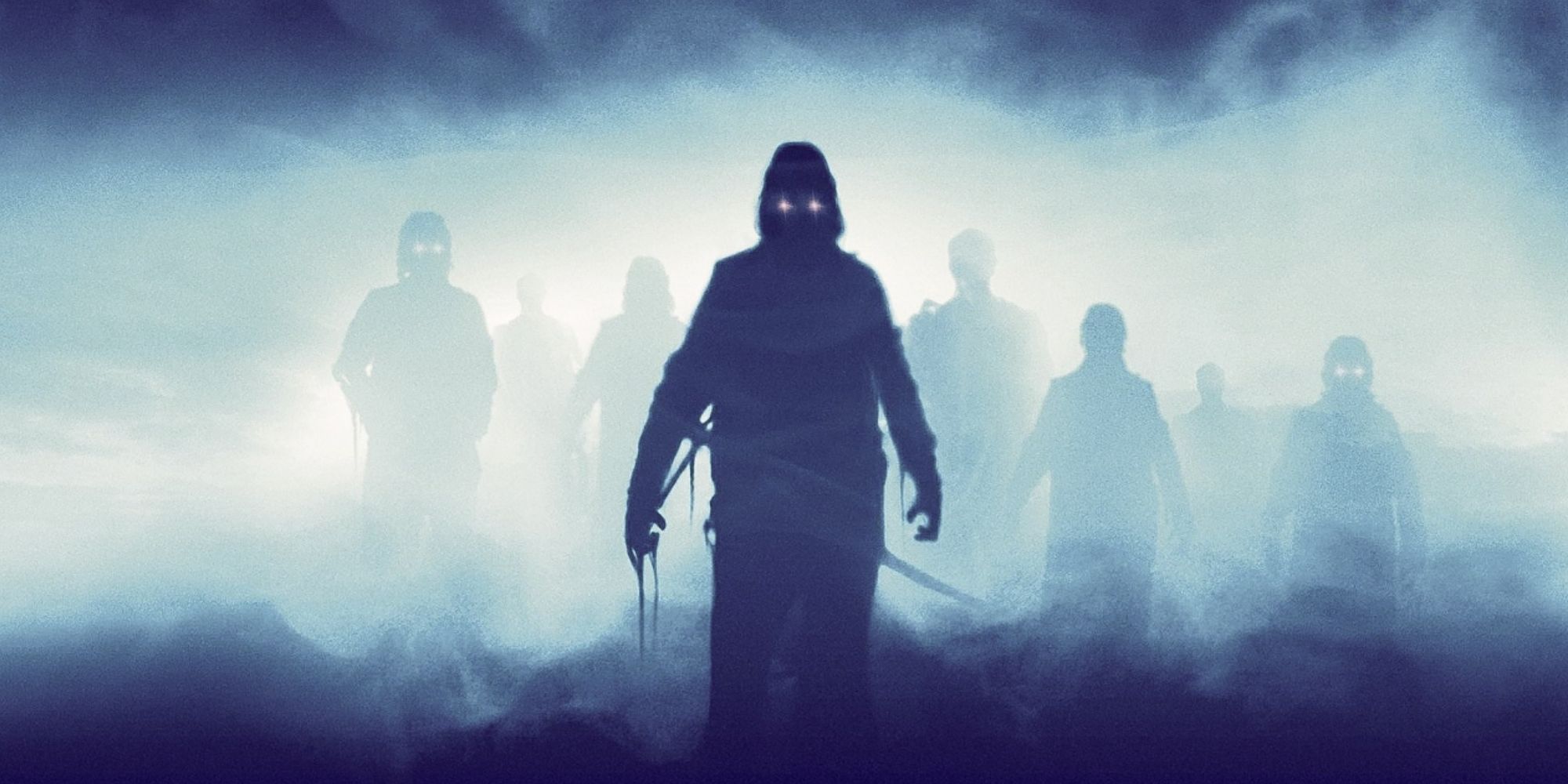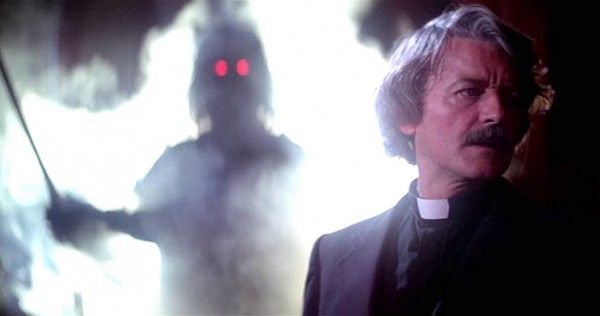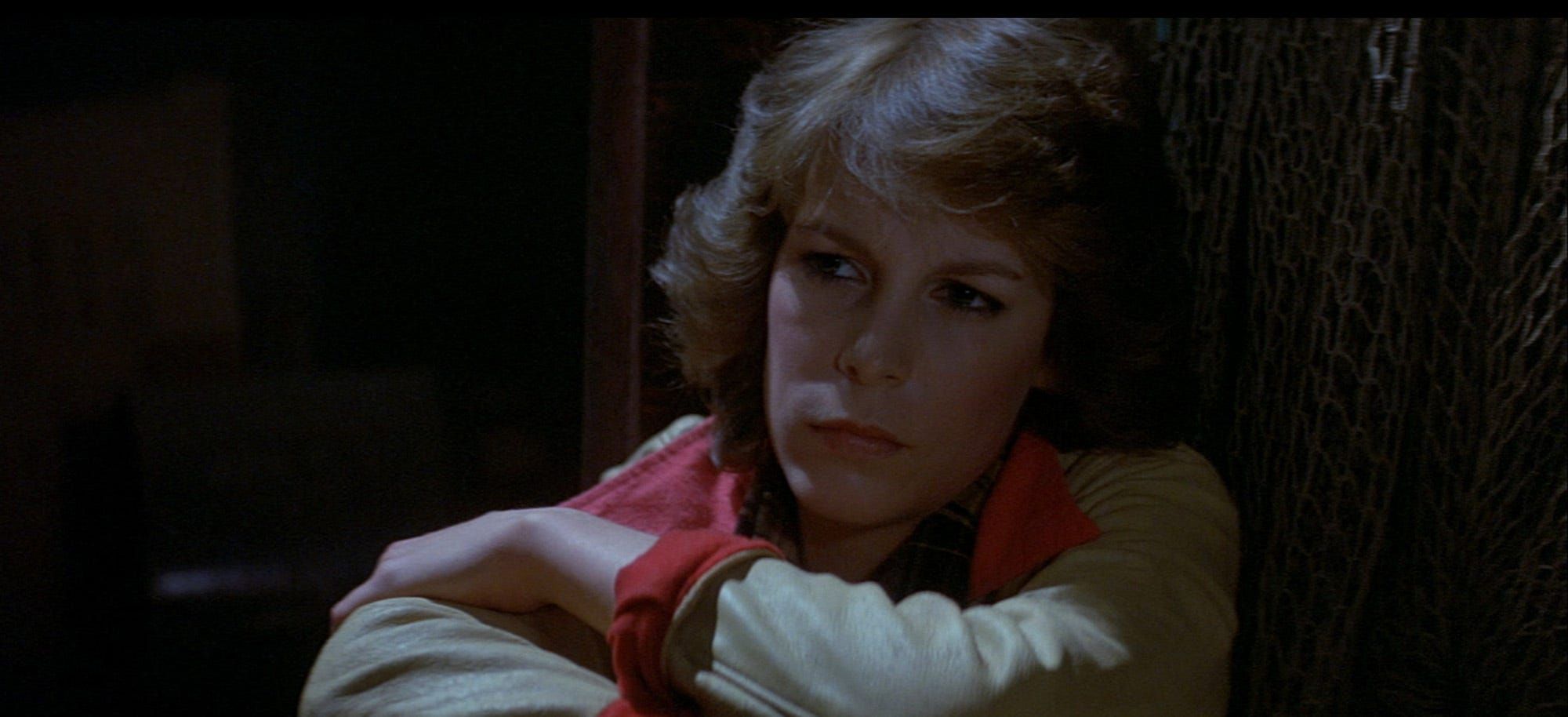It’s that time of year again. The air’s gone crisp, the leaves are almost all down from the trees, and Thanksgiving has to hope the Halloween hangover and pre-Christmas anticipation don’t push it completely off the cultural calendar. Not helping the cause is the paucity of media ammunition in Turkey Day’s corner. It’s got a Charlie Brown special, a handful of Nicktoon episodes from the 90s, and traditional school activities like hand turkeys. But if Thanksgiving can’t claim too much film and television for itself, perhaps it can steal a few things often included in adjacent holiday celebrations. I, for one, think John Carpenter’s The Fog suits Thanksgiving just as nicely as it does Halloween.
A stretch, you say? True, a grisly tale of ghost-lepers traveling through an unearthly fog to claim vengeance doesn’t seem to fit alongside stuffing, pumpkin pie, and football. It’s not even set in autumn. But scratch below the surface, and The Fog has a perfect set of pieces and themes for Thanksgiving.
Sailing the Ocean Blue
Just what do we celebrate on Thanksgiving? The schoolbook explanation is that, in 1620, the pilgrims set sail on the Mayflower, landed at Plymouth Rock, and established the first New England colony. After barely surviving a harsh winter with help from native tribes, the colonists held a day of thanksgiving to which their allies were invited. The truth is considerably more complex; for one thing, days of thanksgiving predated this feast by millennia without being fixed to the fourth Thursday of November; but a ship voyage and a settlement are genuine elements of the story of Plymouth and the Wampanoag.
Now look at The Fog. Its backstory is that, 100 years before 1980, a small group of men founded a settlement, Antonio Bay, in northern California. When a wealthy man, Blake, contracts leprosy and asks to establish a leper colony nearby, the founders of Antonio Bay, including a priest, conspire against him. Pretending to accept his offer, they lure his ship, the Elizabeth Dane, away from the lighthouse on a foggy night and sink it. They then plunder the ruined ship for gold to establish Antonio Bay as a proper town. Blake and his fellows swear to return from beyond the grave to exact revenge the next time such a thick, unnatural fog rolls in from the sea.
Pretty grim stuff, and nothing you’d include in a grade school pageant – but there’s a ship voyage and a settlement. And if said voyage isn’t from the 17th century, it’s still a long, long time ago relative to the year The Fog was made.
An All-American Horror
Still not convinced? Then consider the setting of The Fog. Many of the classic horror films – your Draculas, your Frankensteins, your Mummys and Wolf Mans – are set in Britain or mainland Europe, with sojourns to North Africa or the Middle East, and place is a key component of the stories. Some of the more modern horrors from the slasher or splatter subgenres stress location less than other elements. That’s the case for some of Carpenter’s films. But The Fog is a quintessentially American story (as is Halloween, but – well, that film’s pretty well tied to the holiday that named it).
The coastal town with a lighthouse and a collection of colorful locals is a time-honored setting in American stories. The smooth jazz that Adrienne Barbeau plays from her lighthouse radio station was a concession to budget; rock song rights were beyond Carpenter’s reach, but it marks the film’s soundtrack with a genuine American genre of music. The immense pride in community on display in Antonio Bay for their centenary, and the way members of that community come together to make it through the hellish night, is a stock trait given to Americans in fiction. And let’s not forget that coming together is a major part of the modern celebration of Thanksgiving.
What’s More Thanksgiving-y Than Choosing To Forget Painful History?
Finally, we come to the thematic crux of The Fog, and the one thing that makes it a perfect horror film for Thanksgiving. Let’s back up to that more complicated history behind the holiday. It is true that the pilgrims did hold a feast to commemorate their survival during a difficult first year in the New World, and members of the Wampanoag tribe who had helped them did attend. But the Wampanoag, and all the other tribes and nations of North America, would never have seen themselves as a homogenous “Indian” group. There were long histories and rivalries between them, as there are with any groups of people, and the influx of diseases from European explorers had decimated the New England region. European slavers raided the coasts, and the natives who first contacted the pilgrims could communicate with them because they had been abroad as slaves.
The Wampanoag didn’t lend a hand purely out of altruism either. Their chief wanted to use the pilgrims as allies in his local conflicts. The alliance did not go unchallenged by his own people, and after 50 years the Wampanoag and the pilgrims found themselves at war. The heavily sanitized version of Thanksgiving that’s entered classrooms and pop culture stems in part from the 19th century, when it was useful for, among other things, putting a gloss over the Indian Wars and excluding immigrants, as well as the more noble purpose of encouraging national unity during the Civil War.
The Fog isn’t nearly so complicated as history. But it does have an all-American town getting ready to celebrate its founding, a founding marred by a dark crime. When Father Patrick Malone (Hal Holbrook) discovers the horrible truth and brings it to the attention of Mayor Kathy Williams (Janet Leigh), she shrugs it off and dismisses any impact or introspection it might cast over the centenary. It was so long ago, she reasons, and what is there to do about it?
And she has a point; there’s no changing the past, and at a certain distance, there’s no rectifying it. You can’t expect a town, or a country, to disband or call off a celebration of centuries of history and community to focus exclusively on the sins of their fathers. But sweeping the past under the rug isn’t the right way to handle things either. When Blake and his ghosts come ashore, sweep the fog over all Antonio Bay, and vow to kill six people to match their number, it’s only Malone’s surrender of the plundered gold that saves the town (but not Malone himself, who becomes the sixth).
So far as I’m aware, there’s never been an army of ghosts come upon New England to redress old grievances. And the only reason I’m not sitting down to a turkey dinner with the family this year is that I’m abroad. But the inability to mind the bad of America’s past as well as the good has frightening ramifications of its own that we’ve all had to deal with in the last few years. The Fog isn’t an allegory for our history, but its tale of crimes coming back to haunt is applicable to it, and it makes it the most fitting of horror films for Thanksgiving if you’re still fighting a Halloween hangover.





